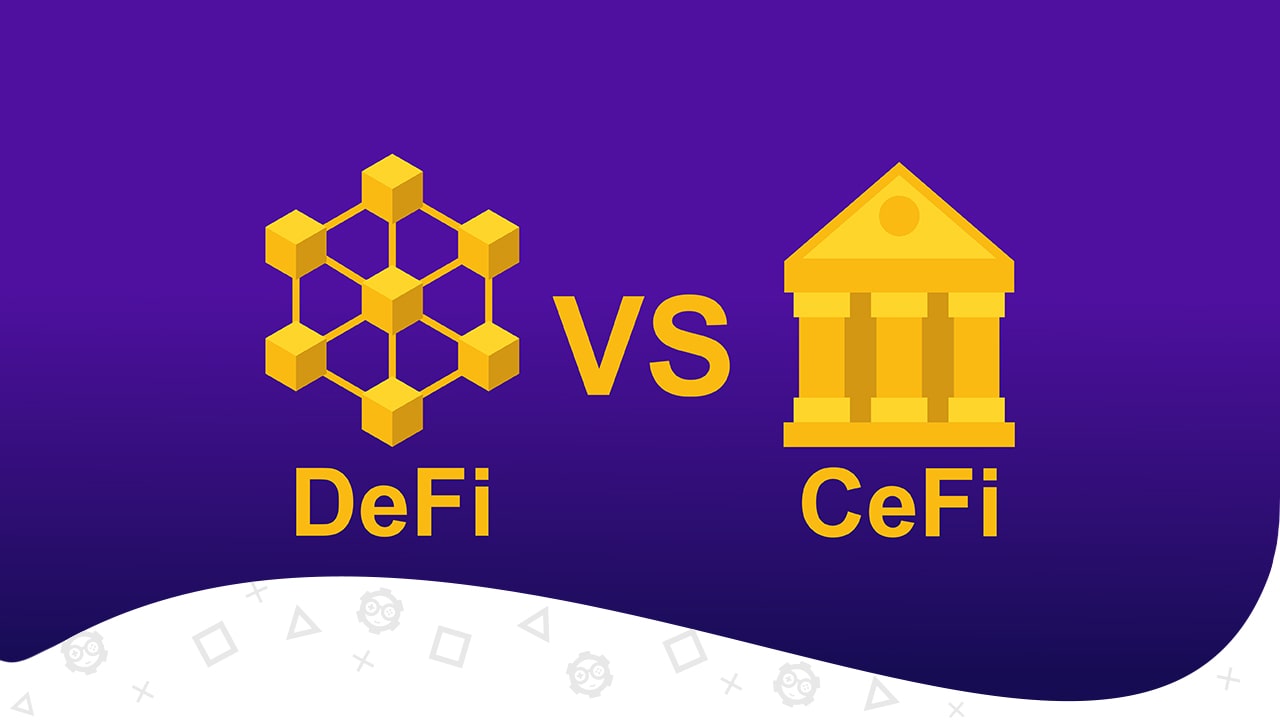The oldest question in the book (at least when it comes to crypto) is whether it should be centralized or decentralized. What are the benefits of different approaches? How should we go about it, and why does it matter? We will reveal it all below!
As with all things, in the end, it all comes down to history. In this case – the history of the crypto world. The concept that the cryptocurrency world rose out of was exciting. The main idea was to let the people decide what happens to their money without government interference.
As technology developed, many people started wondering – my money is not mine because the government can take it from me anytime they like. In the economic crisis in 2008, when people lost a lot of money, banks were held up by the government’s help.
Decentralized vs. Centralized
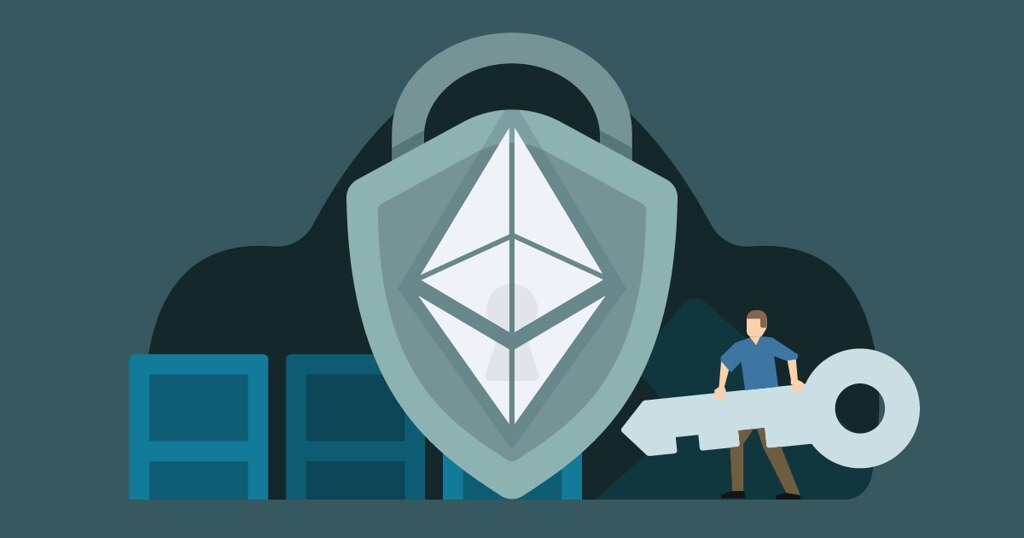
The crypto movement aimed to remedy that situation by creating decentralized exchanges with blockchain. By doing that, centralized and decentralized exchanges worked separately with crypto as a decentralized exchange, and the governments ran centralized exchanges.
The central concept was simple – to create an exchange that would allow people to have the ability to exchange their money freely and without problems and government interference.
Unfortunately, this was not the case. Turmoil in the world makes people afraid of putting their assets in crypto. Moreover, sometimes, lack of security on the part of decentralized crypto exchanges leads to hacks, and people start to feel uneasy when things happen.
This created a discussion on how centralized exchange should become a part of the crypto market. It may come to you as a surprise, but in the end – the market rules are the market rules. The Crypto sphere may have claimed they are above it, but it worked within the system, not apart from it. In the end, the market rules had to be applied to them.
Decentralized Cryptocurrency Exchange
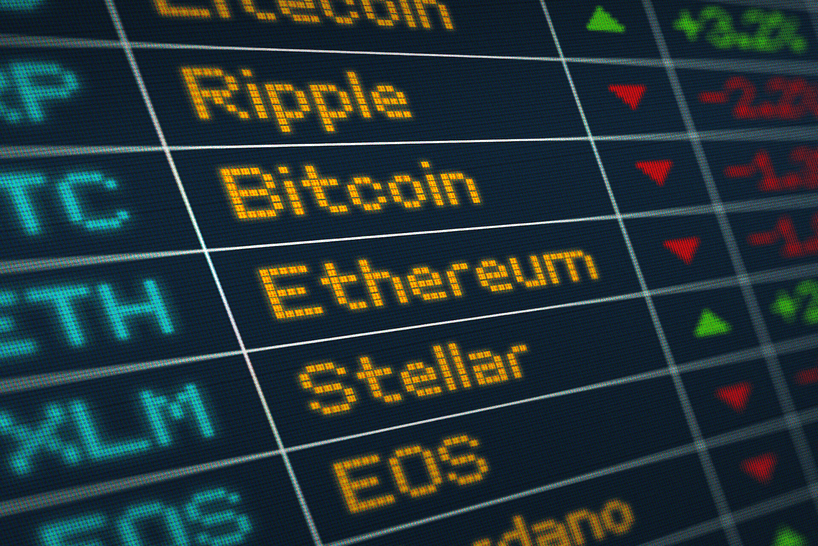
As we’ve stated before, cryptocurrencies are a decentralized form of money in their essence. They were created for this purpose and hoped they could achieve this goal. What does it mean?
It means that no central financial institution does the job of a central banking system or federal reserve in the case of the United States.
In the “traditional” world, the currencies are emitted by the country’s central bank. You have your American dollars and euros in the European Union countries and many others worldwide. What does it matter?
Well, there seem to be many incentives for people worldwide to please their people, like the COVID stimulus, for example. In the eyes of a government official – you just had to give out money. There was no way about it, you forbid people from leaving their homes, and you just had to give them something back. And that creates inflation.
With decentralized cryptocurrency exchanges – it’s not a problem. Blockchains do not make mistakes, meaning – optimizing the efficiency and effectiveness of the cryptocurrencies are the main goals, and there are no “people problems” that they need to consider.
They have their own, sometimes very problematic ones, but it does not change the fact that they stay decentralized and are not dependent on any single authority.
Centralized Crypto Exchanges

So, with that in mind – what are those mysterious centralized crypto exchanges everyone talks about? Well, in short – it’s essentially a banking system. It has its cryptocurrency, but unlike its centralized counterparts, they do not have its governance.
What does it mean? Centralized crypto exchange works a lot like a banking system lending you money or deposing it.
Let’s say you want to get credit from a bank. How would you go about it? Well, you’d probably go to the bank and ask them for it. But where does the money in the bank come from? Essentially – from you. Bank takes your money and invests it to gain profit. Then it lends your money to other people and your money to you—all with some pretty high interest rates.
It’s similar to centralized cryptocurrency exchange. They have crypto money deposited in a vault, and they sell and buy with your coins. Most of the more popular sites, Coinbase, Binance, or even Kraken, are centralized.
Of course, centralized crypto exchanges have many advantages. The biggest one is undoubted that those exchanges are not dependent on liquidity providers. What does it mean? Liquidity providers stake their coins in exchange for transaction fees, as they have to take them from somewhere.
What is The Difference?
It’s all about the money in the end. Centralized cryptocurrency exchanges can get you more stable coins as they control what they put out.
If you have a lot of reserves in your account, you can dictate what kind of rates there are. Centralized exchanges offer more stablecoins as they control the amount put out.
On the other hand, decentralized crypto exchange is more within cryptocurrency. There is no governance; there is no group of people deciding how much currency there will be on the market, and no group can just take all the money in the exchange.
Crypto assets are not easy to take care of, though, so there are good arguments for both sides. With that in mind – let’s get deep into some serious discussions.
Why Is This Controversial?
As we’ve stated before, the main goal of cryptocurrencies is to create a world where there is no government decision-making, and everything is democratized. There are no banks that you need to beg for money; you can go ahead and, by the people’s will, take control of your assets.
Of course, it’s impossible to create a decentralized system that has no control whatsoever. However, the crypto world managed to create at least an illusion that it is a case.
But, as it always seems to happen, it’s sometimes only an illusion. Let’s then get a closer look at it and see what lies beneath the surface.
What Does Decentralized Mean?
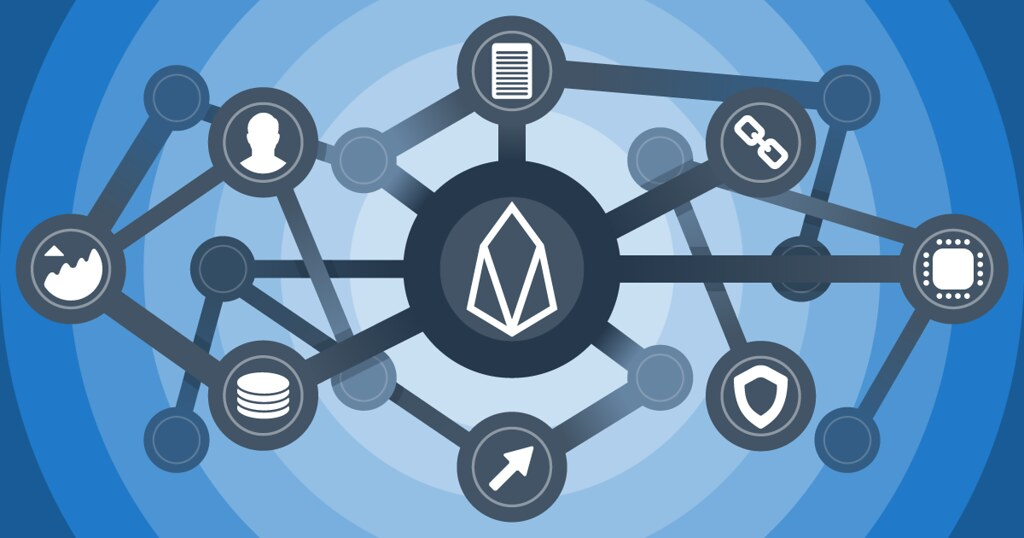
There are many reasons why a digital asset is decentralized. The most important thing is putting them on the blockchain. It’s the most upfront and safe way to ensure decentralization.
What is a blockchain? In essence, it’s lots and lots of highly encrypted piles of data that no one can crack because it would be too much hassle.
Proof-of-Work
Blockchain security is based on something we call Proof-of-Work done by miners. It’s thousands and even millions of code lines done daily by computers all over the world. If you want to combat that kind of power, it will take years of your life even to get started. That is why it is so secure.
Transparency
The blockchain, on the other hand, is fully transparent. Because it’s accessible only if you want to enter information, everything is public. You can’t go on a “private” blockchain, add some information to your transaction and think that no one will notice.
There is only one blockchain, and it records everything. It’s another aspect of transparency added to the whole thing.
Anonymity
Additionally, you don’t need to add your name, address, and everything, as in most banks’ case. You just need to put in the address of your crypto wallet. Why is it like that? Well, cryptocurrency is all about decentralization, as we’ve stated before. When it comes to governments tracking your spending, having access to information about your money and you in general – this is everything that the crypto world is trying to avoid.
So, to battle that, you only need to add your crypto wallet ID, and you can get your money and make transactions without issues. It also has advantages and disadvantages for sure. For starters – you can get your money and you don’t need to disclose all the information about yourself. You will also not lose your money, as you just need to have access to your wallet.
On the other hand – it can be used for some shady activities. For example, if you REALLY don’t want your transactions to be tracked, you can probably get away with it. And a bunch of people does not want their transactions to be known.
Accessibility
The other reason decentralized currencies are so popular is that the lack of central authority allows you to create your cryptocurrency. The process is called “forking” and has happened many times.
Forking means going in a different direction. If you want to create an alternate version of a blockchain where Bitcoin lies, you’ll need to fork it. It usually happens when miners and developers disagree on the direction of the cryptocurrency. Then, they decide to fork a cryptocurrency and go in another direction.
The most famous forking happened some time ago with Bitcoin Cash when a group decided to create something new from an old concept.
And, you can’t do anything like that with official currencies. Those cannot be forked as they are emitted by centralized platforms like in this case – governments.
What Does Centralization Mean?
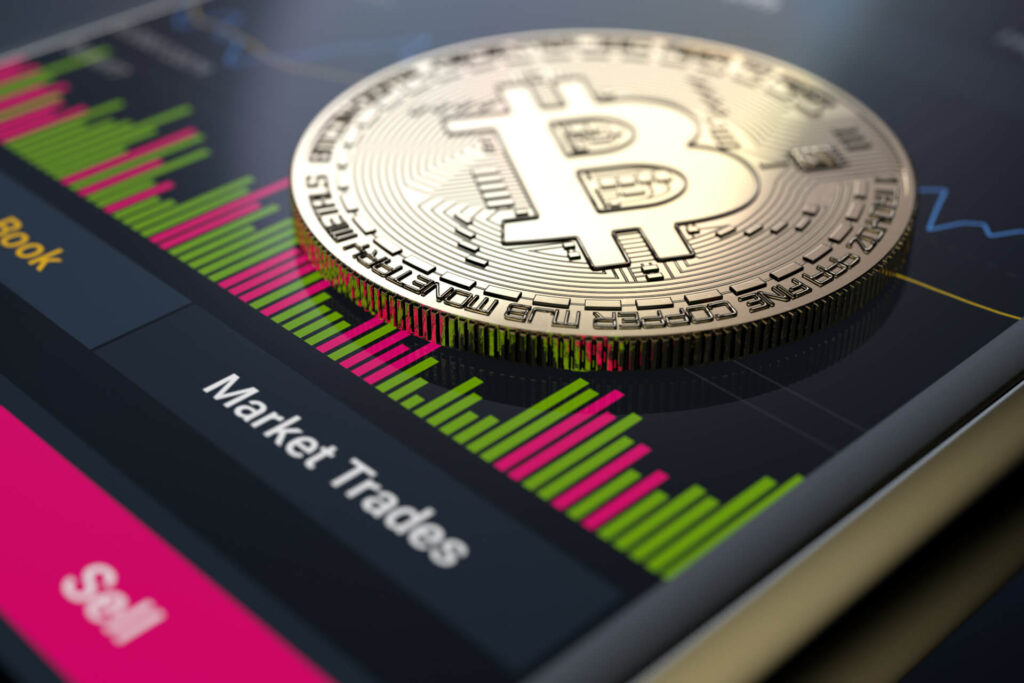
The centralized blockchains, on the other hand, are popular in many places already. You can find them in the most unusual spots, such as big companies. For example, Uber has one of the biggest blockchains ever created. Why?
Well, if someone orders an Uber, the information gets added to the blockchain through the app and then sent out to the drivers nearby who might be interested in this fare. If one accepts, this information will be sent back to the blockchain and sent through the app to the customer.
Anyway, centralized blockchains are everywhere. The main difference – there is a governing body controlling and maintaining them. Of course, those private blockchains are not ever really as centralized as the public institutions, but they are still a bit more than your usual crypto.
Centralized Coins
There are many centralized coins on the market. You can pick any coin that is being emitted by the governments, such as US Dollar Coin. USDC is connected to the rises and falls of the dollar through companies and governments, not blockchain. Those would be called stablecoins. It’s completely different than in the case of coins like Frax that are related to the US dollar but through algorithms and DEX markets.
Premine Coins
Many projects on the market start out pretty centralized, as it is much easier to begin with. Everything is controlled by one entity and then slowly gets decentralized by miners who get the coin running.
Before that though, there is little time for “premine” coins. Those are redistributed among people who founded, designed, or just were involved in creating the coin. It could possibly result in someone having an unfair advantage over other crypto traders and miners. In some cases, as we’ve seen some times before, some influencers turned it into a scam by hyping up the project to inflate its value just to drop it right after launch by selling all their coins.
Legal Issues
There is also another aspect of centralized currencies. Legal troubles. While developers may have the best intentions, getting started with a crypto coin can be connected to some legal issues.
Especially in the biggest of markets – the United States. The US Securities and Exchange Commission is really taking all the centralized tokens without proper paperwork down as it considers those stock options.
This is why so many companies are trying to decentralize their currency and go straight to mining as it is the safer option without so many legal troubles.
Bitcoin

Of course, this article would not be complete without the one, the only – Bitcoin. A little bit of history. Bitcoin was first introduced in 2008 by Satoshi Nakamoto as the first cryptocurrency. The most important aspect of it was its democratization. If anyone wanted to change how things were going, it would take a vote of 50% of favor to make a difference.
And although the owner took some premined coins to himself, he didn’t use them in any shape or form.
It’s really interesting to look at how it developed. Bitcoin had many problems with decentralization, but you may say that’s why it was so popular. It also gave a great example for other crypto coins to follow. Why is it important? Well, the whole crypto market would just not be the same without it.
The idea behind crypto was to make it so democratic that even democracies would not be able to have a shot at it. Or try to ban it, delegalize, or anything else with uplifting the principle of “from the people, for the people.”
It just feels good that the biggest player on the market still upholds those values.
Centralized vs Decentralized Cryptocurrency – Conclusion
With that being said, we would like to thank you very much for checking out this article. Even though some cryptocurrencies may have ups and downs, the future is in crypto.
You can even see it in this whole centralized vs decentralized debate. Governments are creating their own crypto. People are buying more and more of it, some even directly in the form of an NFT. The market is growing, and there really is no stopping it anymore in our opinion.
Cryptocurrencies are able to do everything that current currencies cannot. Of course, there are still some issues to be fixed, it’s not a perfect system, but the freedom that comes with the crypto world is just overwhelming. Digital assets are the assets of the future so make sure to have your decentralized finance option as well.

SEO enthusiast and digital marketing strategist. My expertise lies in optimizing websites for organic traffic growth and search engine visibility. I carry out, among others, SEO tests, keyword research and analytical activities using Google Analytics. Privately, he is a lover of mountains and bicycle trips.

